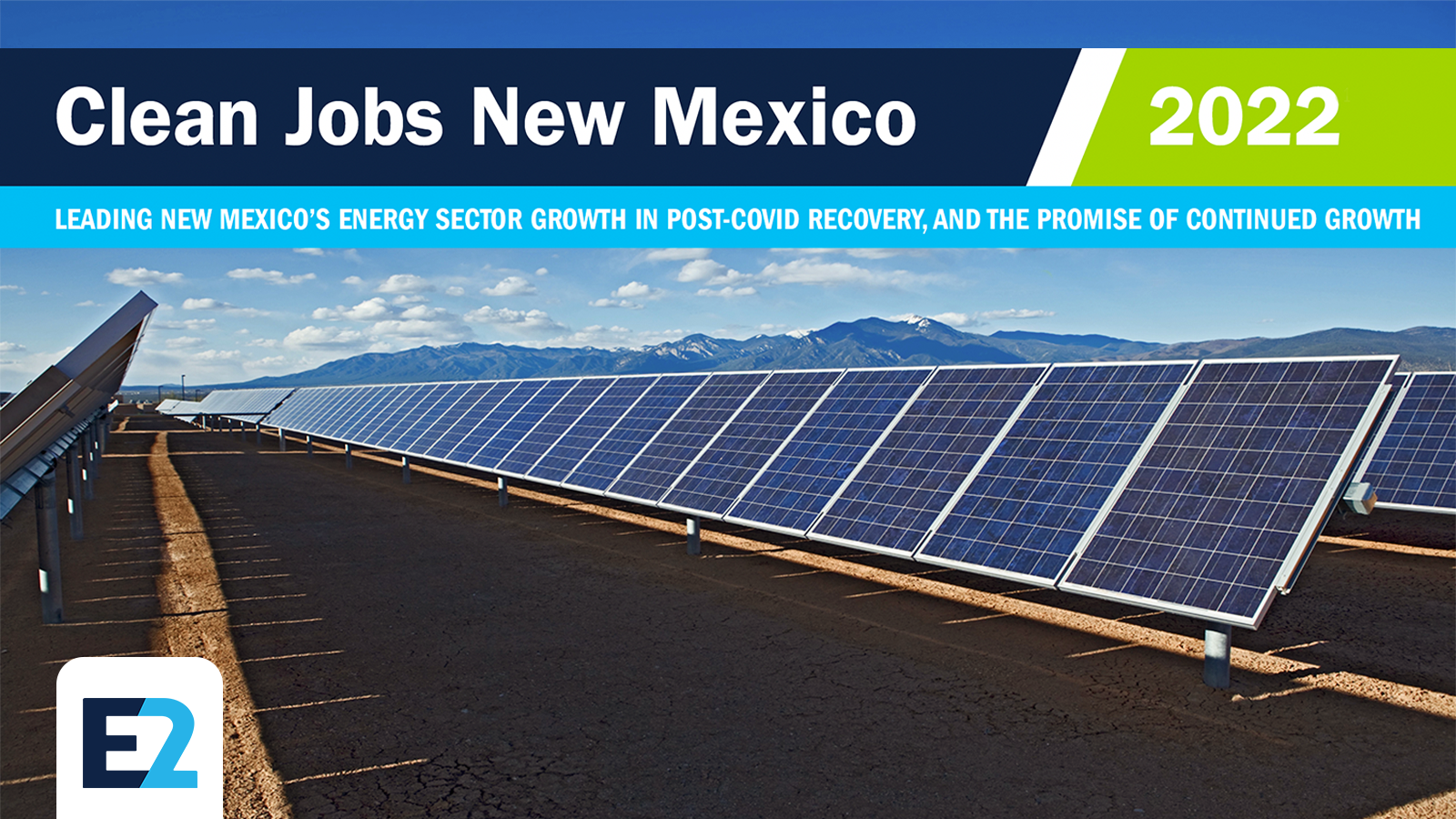Summary:
New Mexico’s clean energy sector employed 12,014 workers by the end of 2021 an of 8.1% from 2021, the highest rate of job growth in the country. This strong growth was mainly driven by increase in clean fuels and clean vehicle jobs.

Other Key Findings
- 8.1% – New Mexico led the nation in clean energy job growth in 2021.
- 56% – Small businesses (<20 employees) accounted for nearly 3 out of every 5 clean energy jobs in New Mexico.
- Most Diverse New Mexico continues to have the most diverse clean energy workforce in the U.S. Hispanic and/or Latinos account for more than 1 in 5 workers (22.6%) and multiracial workers make up more than 1 in 7 (14.0%).
- 11.7% – Clean energy job wages are above state-specific medium wage.
Figure 4 // U.S. Clean Energy Employment by subsector 2021
Policies Matter
As evidence by the massive wildfires in New Mexico this year, the state needs to improve resilience and speed up the transition to a clean, sustainable economy. Policies need to focus on achieving New Mexico’s goal to reduce statewide greenhouse gas emissions at least 50 percent by 2030 as compared to 2005 levels.4 Lawmakers and state agencies need to adopt ambitious policies in all sectors, framed by equity principles, to bring down emissions and increase opportunity to save money, develop new jobs, and secure a healthy, clean energy economy.
Some of our top policy priorities for 2023 in New Mexico are:
// Accelerate the transition to 100% clean electric generation, which is required in the state by 2045 for most utilities. The state should move faster by requiring utilities to reach 90 percent emissions reductions by 2030 and aim for 100 percent by 2035.
// Ensure New Mexicans have access to the increasing numbers of clean electric cars and trucks by adopting Advanced Clean Truck and Clean Cars II rules.
// Provide EV tax credits for low-income families.
// Build out more electric vehicle charging stations, deliver free, expanded and zero-carbon electric transit options, and pedestrian and bike safety infrastructure.
// Expand low-income building weatherization and electrification funding through Community Energy Efficiency Development block grants and other programs.6
// Invest in state partnerships and tax incentives to bring zero carbon industries to the state, supporting both manufacturing components of the clean energy transition (electric cars, batteries, solar panels, wind turbines, etc.) and industries that can utilize New Mexico’s immense renewable energy potential.
The state must also leverage federal funding made available through the Bipartisan Infrastructure Law and the Inflation Reduction Act. New Mexico can invest in the infrastructure needed to drive greater deployment of electric vehicles, renewable energy projects, and other clean energy solutions, with an emphasis on investments in disadvantaged communities.

